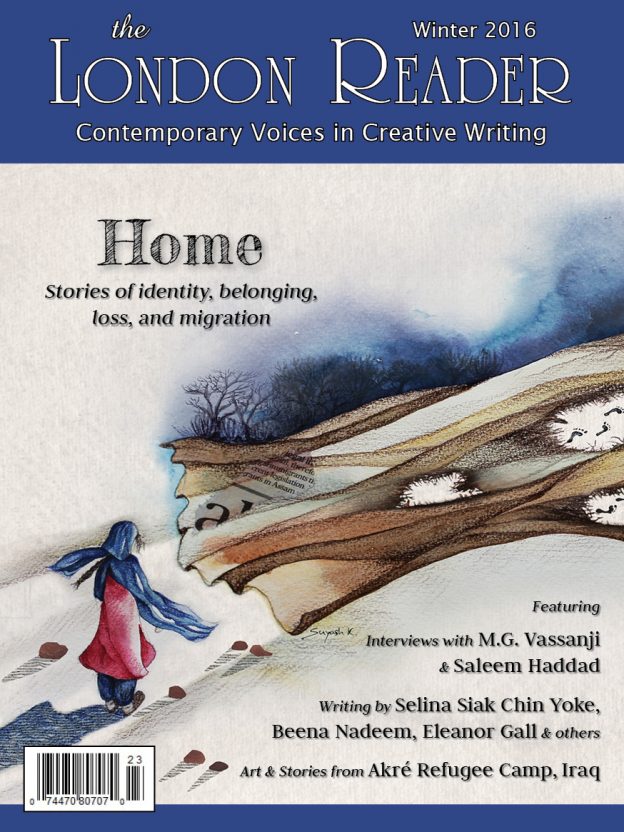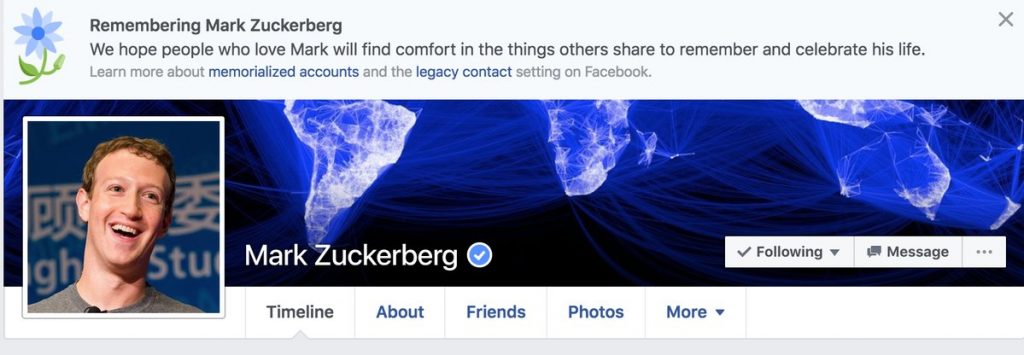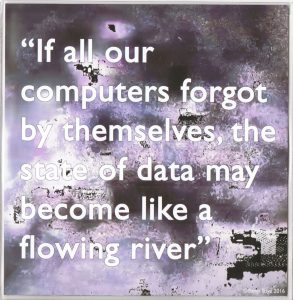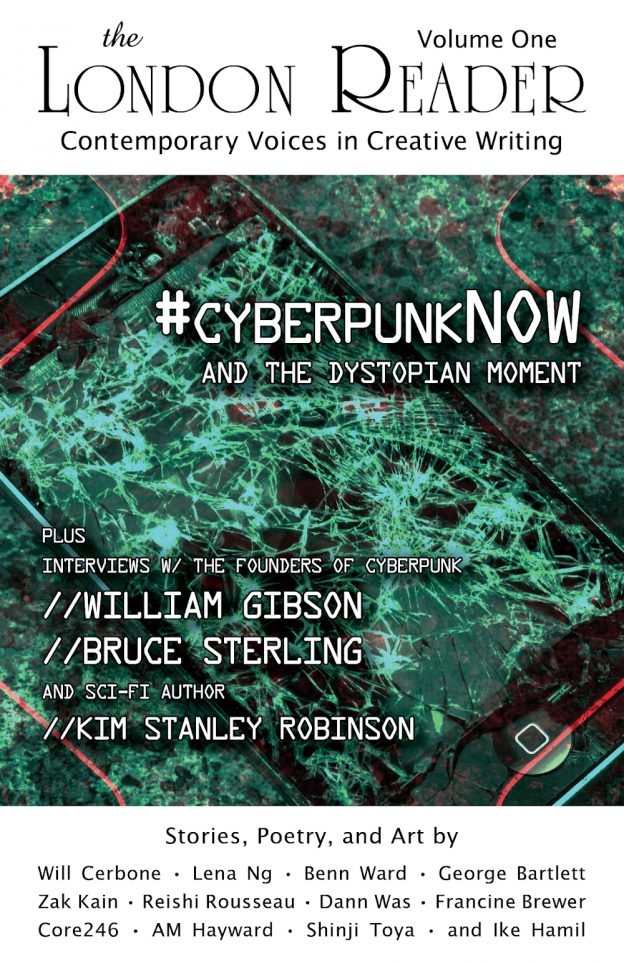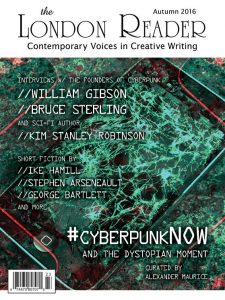Home is the where the heart is,
but the heart may be far from home…
In the 21st century — in which nearly 70 million people are forcibly displaced and 244 million live outside their country of birth — home is a more elusive concept than ever, and it is one that is often entwined with feelings of loss. In this issue of the London Reader we hear from under-represented voices from around the world as we explore themes of belonging, migration, identity, and lost homes. Through the photography, poetry, short stories, and writing of refugees, migrants, and others, we will take you on an extraordinary journey through the lives of people who are all, in their own way, trying to find “home”.
“Home: Stories of identity, belonging, loss, and migration” features an interview with two-time Giller Prize winner M.G. Vassanji and an interview and excerpt from author and aid-worker Saleem Haddad. The issue also presents an excerpt from Selina Siak Chin Yoke’s first novel as well as short fiction and poetry from Beena Nadeem, April Pierce, Eleanor Gall, and others. In addition to showcasing photography from rural Afghanistan, Winter 2016 is a Special Extended-Length Issue that features the artwork and stories of Syrian children from the Akré refugee camp in Iraq, whose program will receive 10 percent of the revenue from this issue.
Subscribe now to access to the most recent issue. Because Home is a previous issue, you can donate whatever you want, and receive a download link to the PDF:

The London Reader is a cooperative magazine, so your donation goes directly to support the writers, artists, and collaborators who made the Autumn 2016 issue.

